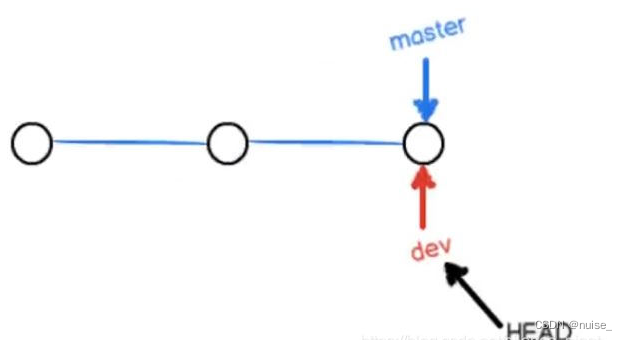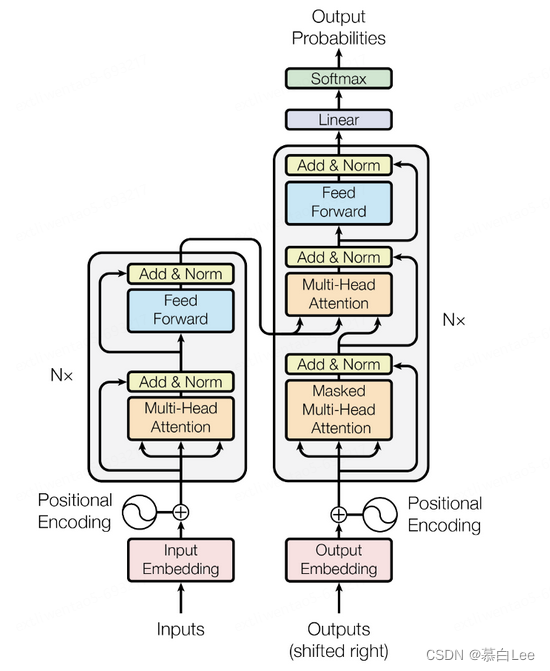super关键字的用法
- 概述
- 作用
- 语法
- 使用示例
- 1.通过super() 来调用父类的__init__ 构造方法:
- 2.通过supper() 来调用与子类同名的父类方法
- 2.1 单继承
- 2.2 多继承
概述
super() 是python 中调用父类(超类)的一种方法,在子类中可以通过super()方法来调用父类的方法。
超类: 是指 2层以上的继承关系,假如 C类继承B类,B类由继承A类,那么A类就是C类的超类
作用
- 使用继承时,让代码维护更加简单
- 解决多继承带来的重复调用(菱形继承)、查找顺序(MRO)问题
语法
super(type[, object-or-type])
其中:
type – 类。
object-or-type – 类,一般是 self
注:Python 3 和 Python 2 的另一个区别是: Python 3 可以使用直接使用 super().xxx 代替 super(Class, self).xxx
使用示例
1.通过super() 来调用父类的__init__ 构造方法:
class Person():
def __init__(self):
print('我是Peson的__init__构造方法')
class Student(Person):
def __init__(self):
super().__init__()
print('我是Student的__init__构造方法')
stu = Student()
运行结果:

2.通过supper() 来调用与子类同名的父类方法
2.1 单继承
在单继承中 super 就像大家所想的那样,主要是用来调用父类的方法的。
class A:
def __init__(self):
self.n = 2
def add(self, m):
print('self is {0} @A.add'.format(self))
self.n += m
class B(A):
def __init__(self):
self.n = 3
def add(self, m):
print('self is {0} @B.add'.format(self))
super().add(m)
self.n += 3
b = B()
b.add(2)
print(b.n)
输出结果:

1、super().add(m) 确实调用了父类 A 的 add 方法。
2、super().add(m) 调用父类方法 def add(self, m) 时, 此时父类中 self 并不是父类的实例而是子类的实例, 所以 b.add(2) 之后的结果是 5 而不是 4
2.2 多继承
在多继承中,会涉及到一个MRO(继承父类方法时的顺序表) 的调用排序问题。即严格按照MRO 顺序执行super方法
class A:
def __init__(self):
self.n = 2
def add(self, m):
print('self is {0} @A.add'.format(self))
self.n += m
class B(A):
def __init__(self):
self.n = 3
def add(self, m):
print('self is {0} @B.add'.format(self))
super().add(m)
self.n += 3
class C(A):
def __init__(self):
self.n = 4
def add(self, m):
print('self is {0} @C.add'.format(self))
super().add(m)
self.n += 4
class D(B, C):
def __init__(self):
self.n = 5
def add(self, m):
print('self is {0} @D.add'.format(self))
super().add(m)
self.n += 5
d = D()
d.add(2)
print(d.n)
out:
self is <__main__.D object at 0x10ce10e48> @D.add
self is <__main__.D object at 0x10ce10e48> @B.add
self is <__main__.D object at 0x10ce10e48> @C.add
self is <__main__.D object at 0x10ce10e48> @A.add
19
同样,不管往上调用几次,调用父类方法中 self 并不是父类的实例而是子类的实例,在上例中都是D的实例化对象
D.mro() == [D,B, C, A, object] ,多继承的执行顺序会严格按照mro的顺序执行。
整体的调用流程图如下:

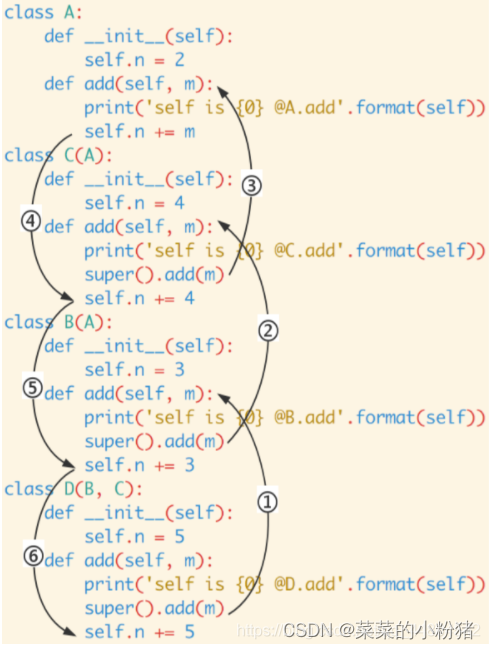
1.super().__init__相对于类名.init,在单继承上用法基本无差别
2.但在多继承上有区别,super方法能保证每个父类的方法只会执行一次,而使用类名的方法会导致方法被执行多次。
3.多继承时,使用super方法,对父类的传参数,应该是由于python中super的算法导致的原因,必须把参数全部传递,否则会报错
4.单继承时,使用super方法,则不能全部传递,只能传父类方法所需的参数,否则会报错



![java八股文面试[多线程]——阻塞队列](https://img-blog.csdnimg.cn/a57feb4a2a1141ea880de86953a2282f.png)
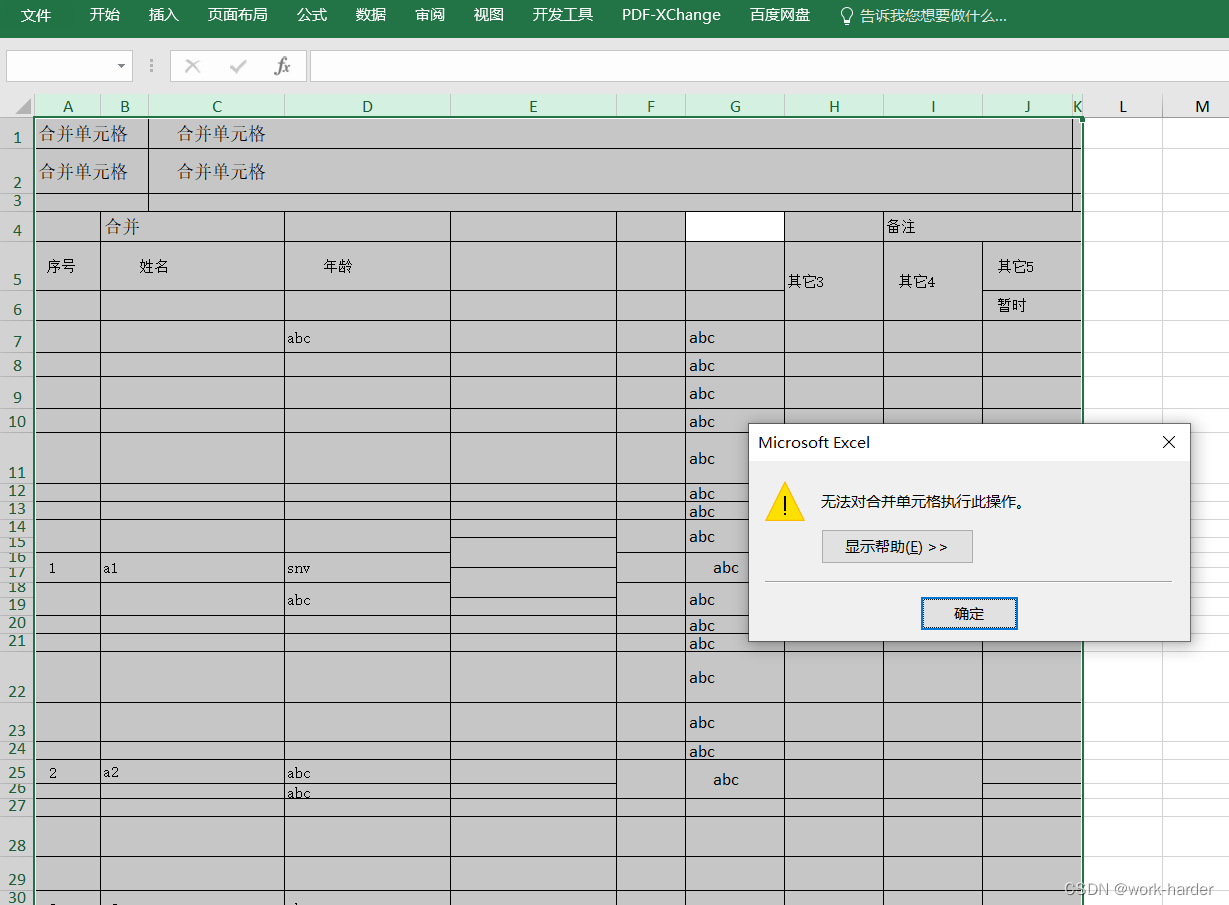

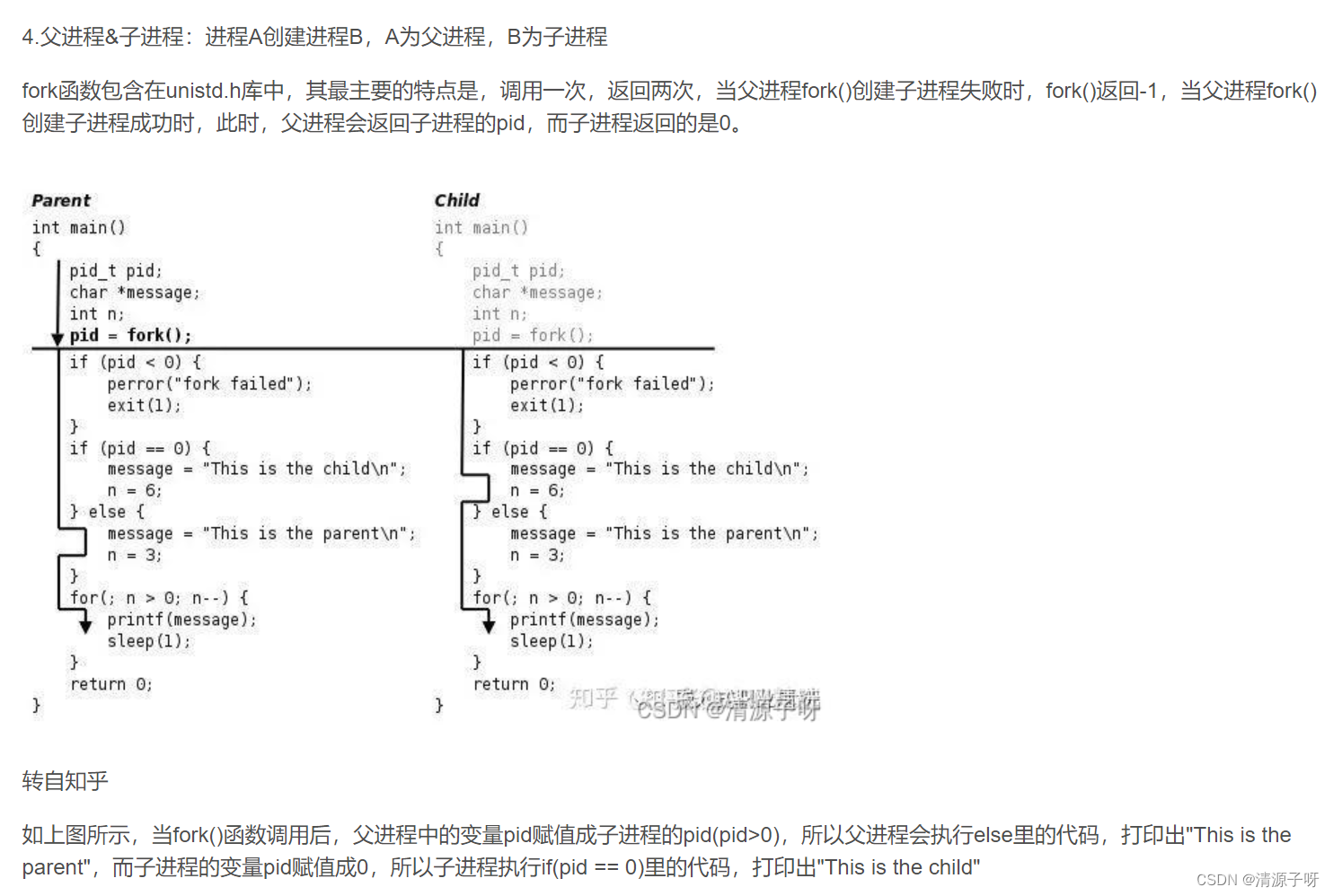
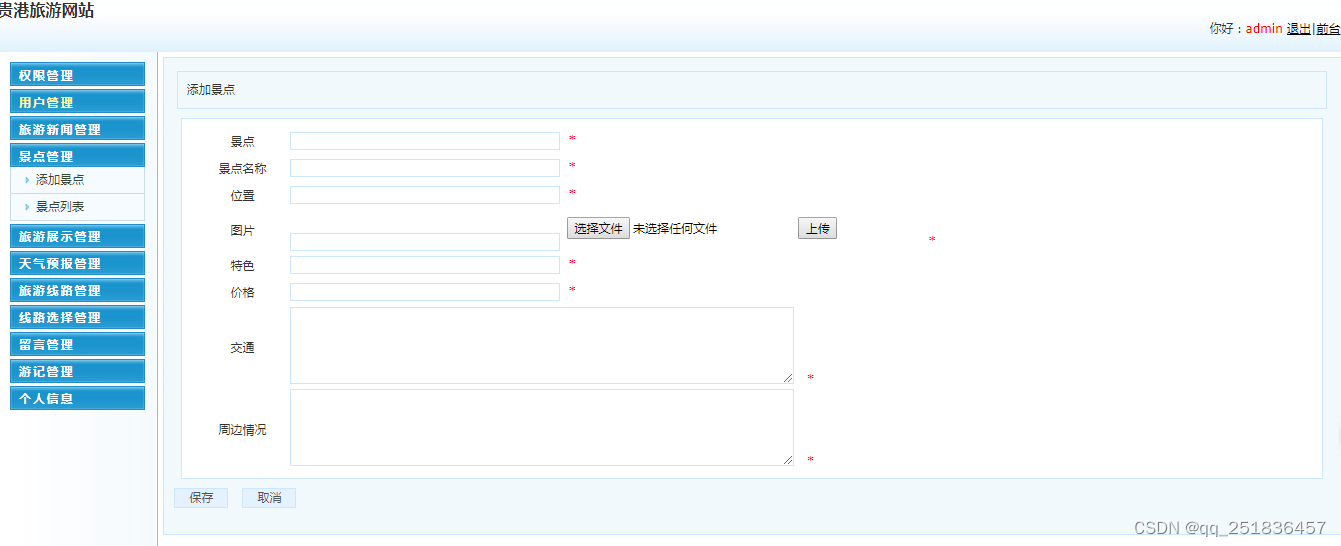
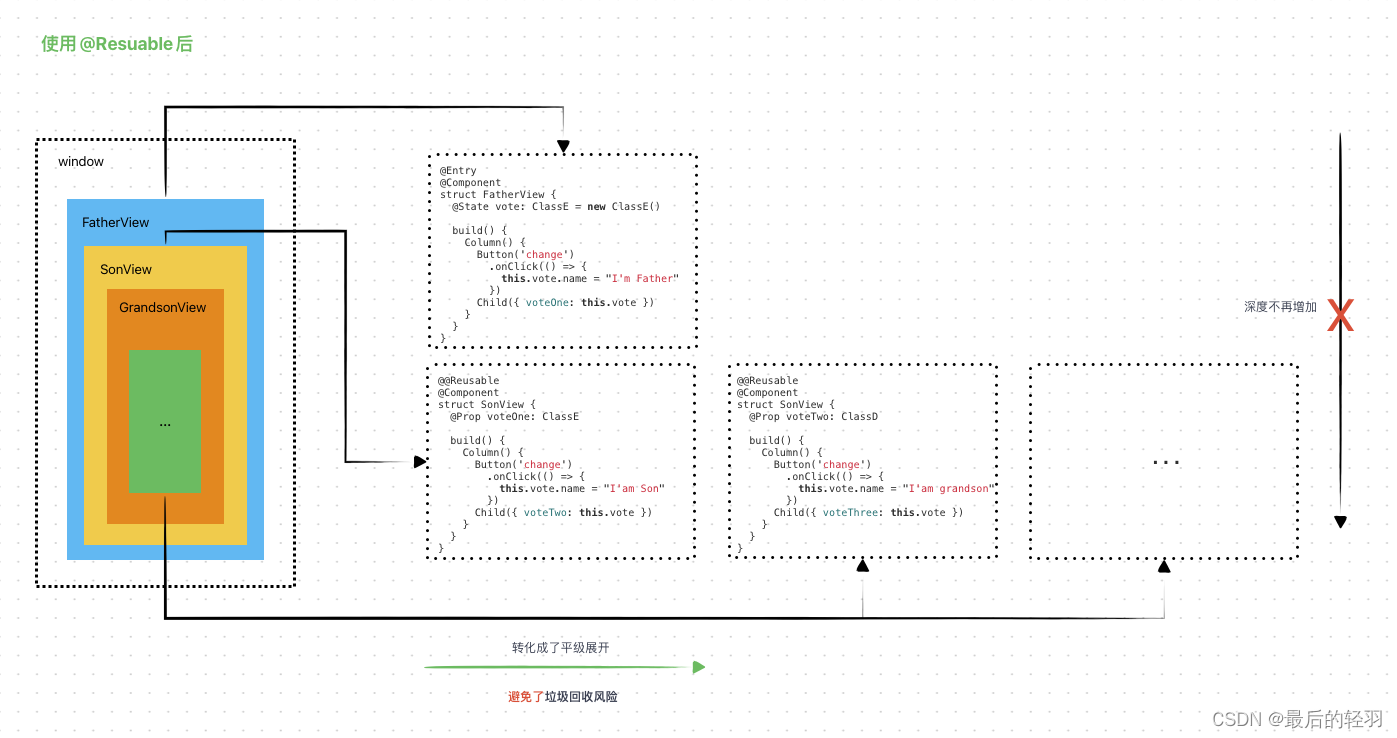

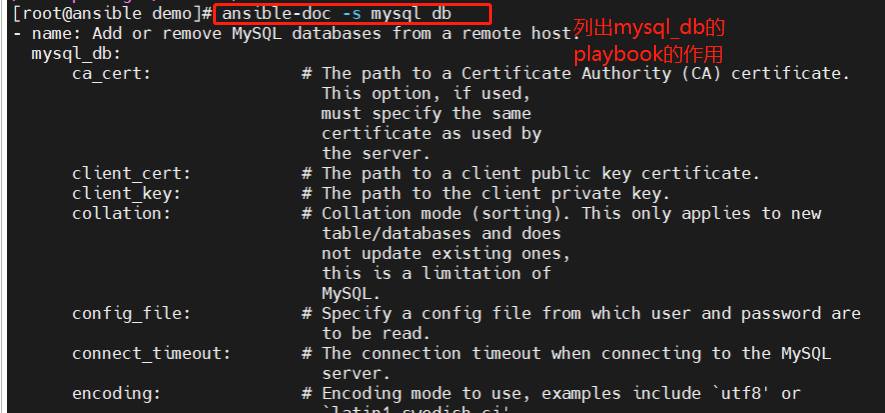

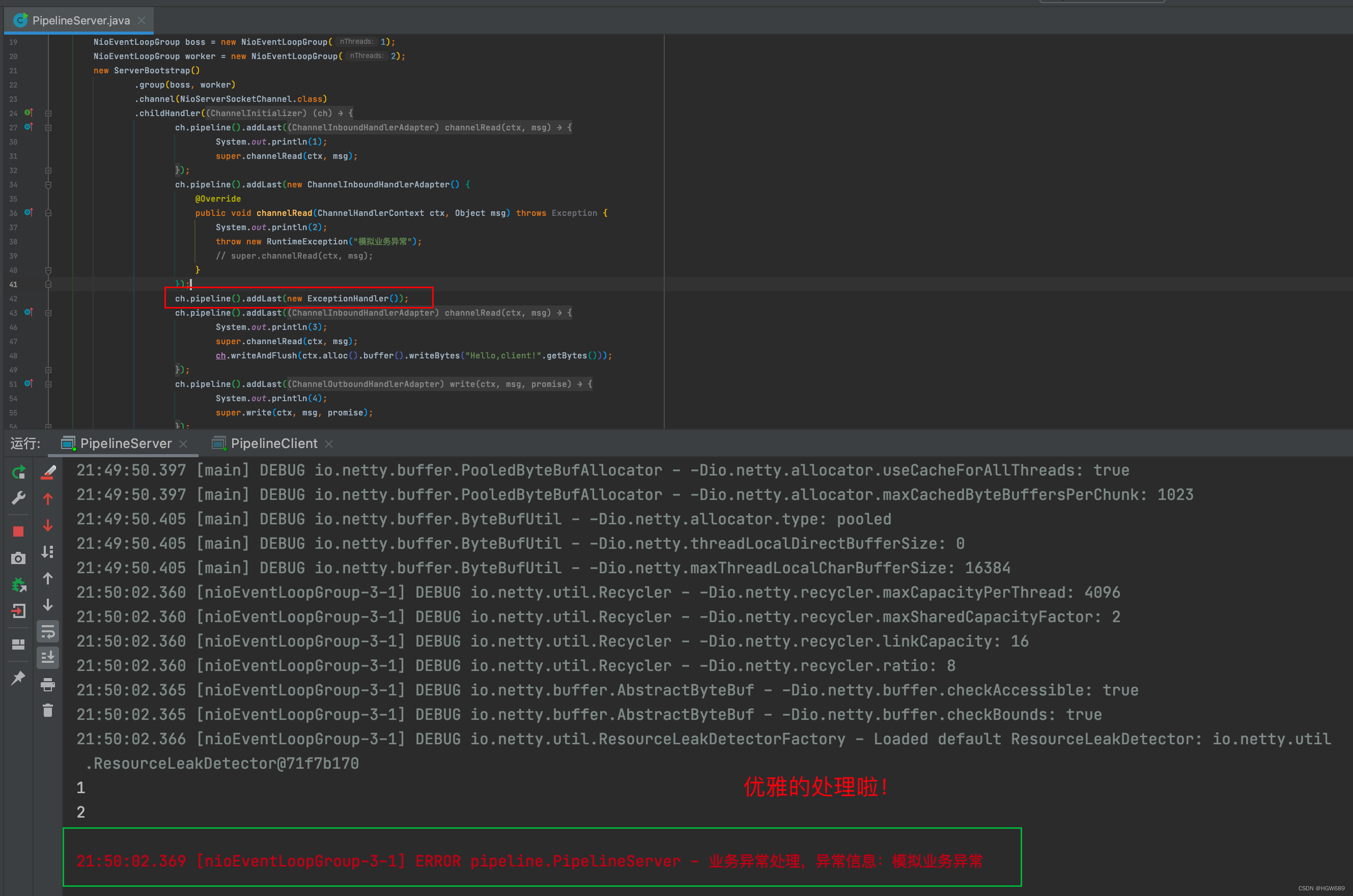
![[dasctf]misc05](https://img-blog.csdnimg.cn/6afee3d089644767b4a511e18ca0c560.jpeg)
